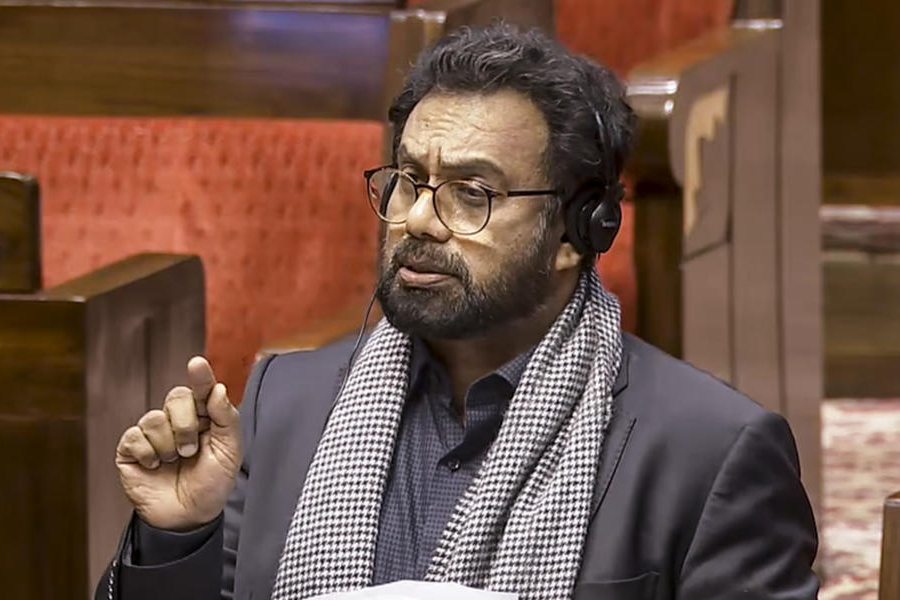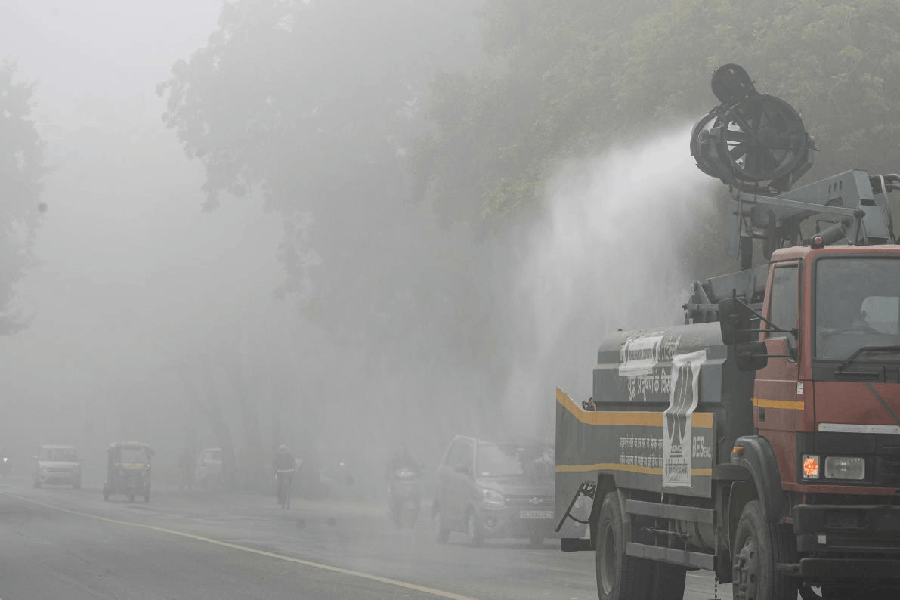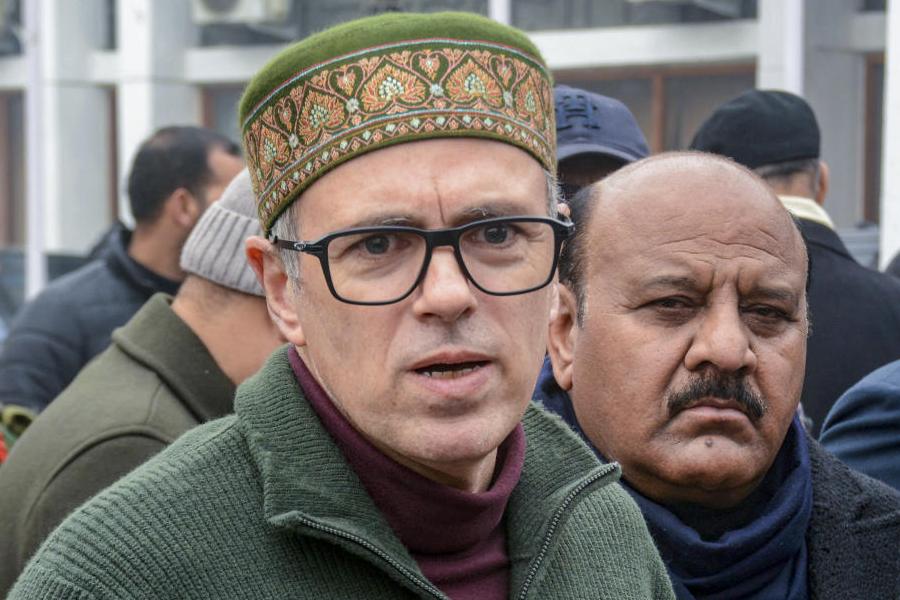The UN’s labour arm has in a discussion paper expressed concern about gaps in the draft rules for India’s new wage law, set to be notified soon with the deadline for suggestions from the public passing on Saturday.
“Discussion Paper: Wage Code and Rules”, published by the International Labour Organisation (ILO), has highlighted the lack of clarity on aspects such as how the floor-level wage should be fixed, how often it should be revised and how it would be made to apply to domestic workers.
The paper has been authored by Xavier Estupinan, wage specialist with the ILO; Anoop Satpathy, Fellow at the V.V. Giri National Labour Institute; and Bikash K. Malick, an officer from the Indian Economic Service cadre.
The Code of Wages looks to prescribe a floor-level wage that the minimum wage in every state must equal or exceed. The Union labour ministry will now examine the feedback received on the draft rules from the public and experts before notifying the final rules.
All workers including domestic help are to be paid wages according to the notified rates. But the draft rules are silent on how a domestic worker can establish the employee-employer relationship since private households do not sign any written contracts with such workers.
“The wage rules should ensure that no employee or wage earner falls outside the realm of the widely promulgated universal coverage. Vulnerable low-paid and informal workers, such as domestic workers, gig economy workers and home workers, should also be targeted under this coverage if there is an employment relationship in place,” the paper says.
Satpathy told The Telegraph the rules should require households to sign some sort of document while hiring domestic workers.
The paper has also flagged the absence of a specific formula to determine the floor-level wage. The rules merely suggest certain broad criteria on the basis of which the wage should be calculated — such as expenses on food, clothing, housing and any other factors considered appropriate by a tripartite body.
“India, with more than 70 years of experience in implementation of minimum wage regulation and 24 years of implementing the NFLMW, cannot afford to leave the floor wage fixation criteria ambiguous in the wage rules,” the paper says.
Satpathy had headed an expert committee that had in 2018 worked out a formula to calculate food expenses per adult per day on the basis of a balanced diet, expressed in specific quantities of carbohydrate, protein and fat.
The committee had also included the expenditures on clothing, education and housing. It had then multiplied the final figure by 3.6 to include the worker’s spouse, two young children (together taken as an adult) and elderly parents (together taken as 0.6 adults).
It had eventually suggested Rs 375 as the minimum wage per day, based on the July 2018 price index. The government did not accept the report.
The ILO paper has highlighted that the rules vaguely say that the floor-level wage “may” ordinarily be revised every five years.
“The use of uncertain terms opens the door to the delaying of revision. This may lead to stagnation of the floor wage in future, after its initial setting,” it says.
Also, the paper has underlined, the rules do not specifically say that both the basic wage and the dearness allowance must be revised every five years.
Satpathy said the states tend to increase the dearness allowance to offset inflation while refusing to touch the basic wage.
“Both should change,” he said.
However, the paper has lauded several aspects of the new wage code and the draft rules for trying to streamline the minimum wage policy and reduce the wage disparity between states.
Some 1,915 minimum wage rates now prevail across the states along with 48 types of minimum wages notified by the Centre for various kinds of work, from railway projects to coal mining.
Besides, the Centre notifies a non-binding National Floor-Level Minimum Wage (NFLMW) every two years, which states are expected to equal or exceed. The floor-level wage notified in 2017 — and not yet revised — was Rs 176 a day.
Some of the states have lower wage rates.










